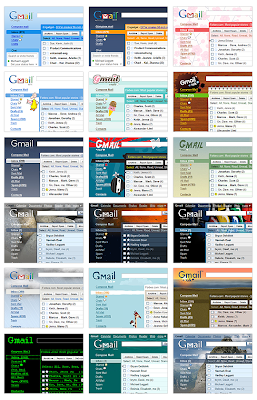
In the Screen Issue of the New York Times Magazine, Kevin Kelly discusses the modern-day Gutenberg revolution, or "how the moving image is upending the printed word." Kelly sees the proliferation of video technology (and amateur video artists) fueling our collective visual appetite. We are pervasively and resoundingly moving away from the word. We are becoming a people of the moving image, where literacy gives way to "visuality."
But Kelly reminds us that just as "Gutenberg's press did not fully unleash text," youtube, and the hand held video camera cannot fully unleash visuality. We need tech innovations that evolve visual consumption in addition to visual production. Just as the world needed literacy innovations (like punctuation, quotation marks, table of contents, and footnotes) to efficiently wield literacy, we need visuality innovations for visuality to blossom into prominance.
For full blown visuality, Kelly says, we should be able to index film, peruse table of contents, search for elements of mis-en-scene. We need to be able to, as google has noted on their blog, use a search engine to find a particular shot in a movie and conveniently and persuasively compare it to a particular shot in another movie. For this, search engines must understand video, not just text. This is the hope of the semantic web, and something Viewdle is fast pursuing.















